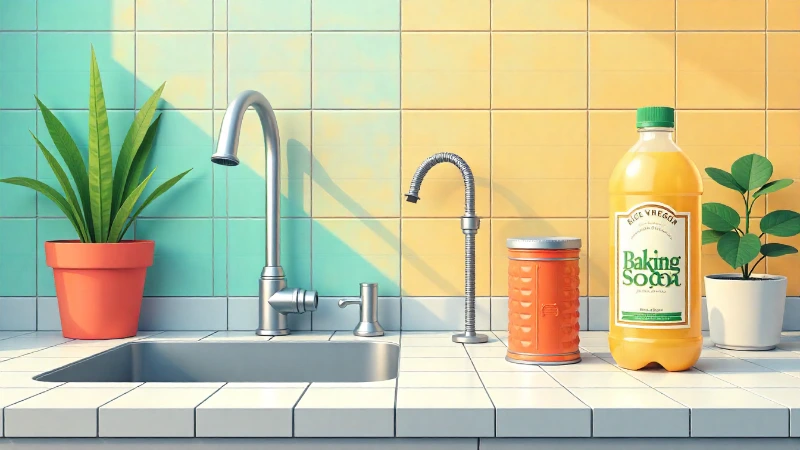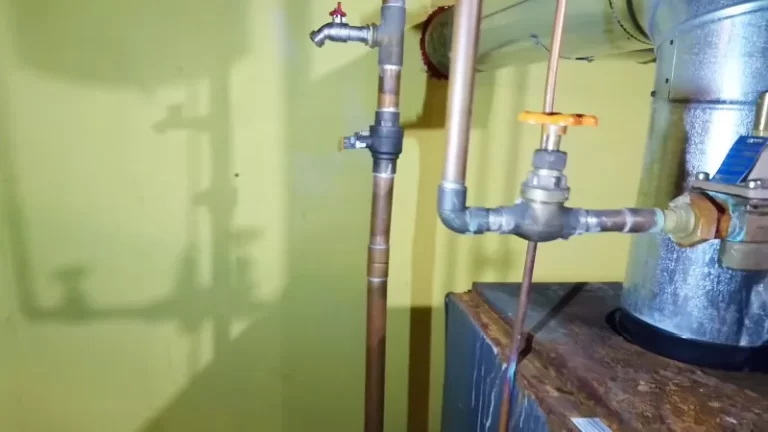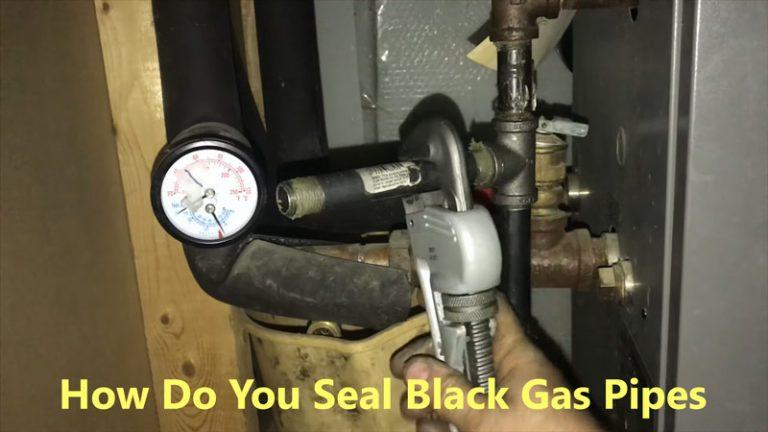Is Drano Bad for Pipes? The Unclogged Truth Revealed
You notice the water in your sink is draining slower than usual. Before you know it, you’re standing in a puddle during your shower. A clogged drain is a frustrating problem. Your first instinct might be to grab a bottle of chemical drain cleaner like Drano for a quick fix.
But is that seemingly simple solution causing a much bigger, more expensive problem for your plumbing? Many homeowners unknowingly reach for these harsh chemicals, but most plumbers will tell you to avoid them at all costs.
The truth is, while Drano can sometimes clear a clog, it often does so at the expense of your pipes’ integrity. This article will explore the hidden dangers of using chemical drain cleaners, how they can damage different types of pipes, and provide safer, more effective alternatives to keep your drains flowing freely. Understanding the risks can save you from costly repairs down the line.
You'll Learn About
How Drano Actually Works: A Chemical Breakdown
To understand why Drano can be harmful, it’s important to know how it works. Drano and similar products use a powerful chemical reaction to dissolve clogs. The primary ingredients are typically sodium hydroxide (lye) and sodium hypochlorite (bleach). When you pour Drano down the drain, these chemicals react with organic materials like hair, grease, and soap scum.
This reaction generates a significant amount of heat, often reaching near-boiling temperatures. This heat helps to melt and break down the clog. At the same time, the lye works to decompose the physical matter, and other ingredients create a soapy substance to help flush the dissolved blockage away. While this process sounds effective, the very chemical reaction that clears the clog is also what poses a threat to your plumbing system.
The Corrosive Power of Chemical Cleaners
The consensus among plumbers is clear: the corrosive nature of chemical drain cleaners is a major concern. The powerful chemicals don’t just target the clog; they can also eat away at the pipes themselves. With repeated use, this corrosion weakens the structural integrity of your plumbing, leading to cracks, leaks, and potentially even complete pipe failure. What started as a minor inconvenience can quickly escalate into a major plumbing emergency.
The Impact of Drano on Different Pipe Materials
Not all pipes are created equal, and some are more vulnerable to the damaging effects of chemical drain cleaners than others. Understanding how Drano affects various pipe materials can help you make an informed decision about how to handle your next clog.

PVC and Plastic Pipes
Many modern homes have PVC (polyvinyl chloride) or other plastic pipes. While Drano is often marketed as safe for these materials, the intense heat generated by the chemical reaction can cause significant problems. This heat can soften and warp PVC pipes. Over time, this can lead to weakened joints and leaks. The very solution you’re using to fix a clog could be slowly compromising your entire drainage system.
Older Metal Pipes: Copper and Galvanized Steel
Older homes often feature metal pipes, such as copper or galvanized steel. These materials are particularly susceptible to the corrosive ingredients in Drano. The lye and bleach can accelerate the corrosion process, thinning the pipe walls and leading to leaks or even bursts. If your home has older plumbing, using chemical drain cleaners is a significant gamble that could result in expensive repairs.
The Dangers for Septic Systems
If your home uses a septic system, using Drano can be especially problematic. Septic systems rely on a delicate balance of “good” bacteria to break down waste. The harsh chemicals in Drano kill off these essential bacteria. This disrupts the natural decomposition process, which can lead to larger blockages in your septic tank and drain field, resulting in costly and unpleasant septic system failures.
Beyond Pipe Damage: Other Hidden Dangers of Drano
The risks associated with Drano extend beyond just your pipes. These powerful chemicals can also pose a threat to your health and the environment.
Health and Safety Risks
Drano is a highly caustic substance. If it comes into contact with your skin or eyes, it can cause severe chemical burns. The fumes released during the chemical reaction can also be harmful, irritating your respiratory system. It is crucial to handle these products with extreme care, wearing protective gloves and ensuring proper ventilation. Furthermore, if Drano doesn’t completely clear the clog, the caustic chemicals can remain in your pipes, creating a hazard for anyone who may need to work on the plumbing later.
Environmental Concerns
When you pour Drano down the drain, it doesn’t just disappear. The toxic chemicals eventually make their way into the water system. These substances can harm aquatic life and disrupt delicate ecosystems. Opting for more environmentally friendly solutions helps protect our waterways and the wildlife that depends on them.
Safe and Effective Alternatives to Drano
Fortunately, there are many safer and often more effective ways to deal with a clogged drain that don’t involve harsh chemicals. Before reaching for a bottle of Drano, consider these plumber-approved alternatives.
The Power of a Plunger
A simple plunger is often the most effective tool for clearing minor clogs in sinks, tubs, and toilets. For sinks and tubs, make sure to cover the overflow drain to create a better seal. A few firm plunges can often dislodge the blockage without the need for any chemicals.
Baking Soda and Vinegar: A Natural Solution
For a natural and eco-friendly approach, a combination of baking soda and vinegar can work wonders on minor clogs. Start by pouring about a cup of baking soda down the drain, followed by a cup of white vinegar. The mixture will fizz and bubble, helping to break down grease and other organic matter.
Let it sit for at least 30 minutes, then flush the drain with hot water. This method is gentle on your pipes and the environment. Sometimes, unusual plumbing symptoms can be related; for instance, if you notice your kitchen sink gurgles when you flush the toilet, it might indicate a deeper venting issue that chemical cleaners won’t solve.
Using a Drain Snake
A drain snake, also known as a plumber’s auger, is a flexible tool that can physically break up or pull out clogs deeper in the pipe. You can purchase a simple, inexpensive plastic drain snake at most hardware stores. For more stubborn clogs, a more robust auger might be necessary. This mechanical approach removes the clog without introducing any harmful chemicals into your plumbing system.
Enzyme-Based Drain Cleaners
If you prefer a liquid solution, consider using an enzyme-based drain cleaner. These products use natural enzymes and bacteria to break down organic waste. While they may work more slowly than chemical cleaners, they are a much safer option for your pipes and the environment.
Understanding More Complex Plumbing Issues
Sometimes a simple clog is a symptom of a larger problem. If you find yourself dealing with recurring clogs, it’s a sign that you may need professional help. Issues like tree root intrusion, bellied pipes, or main sewer line blockages require the expertise and equipment of a licensed plumber.
Ignoring these signs can lead to more significant problems, such as water backing up into your home. If you ever find that when you flush the toilet, water comes up in the shower, this is a clear indication of a mainline clog that requires immediate professional attention.
Similarly, understanding the mechanics of your home’s systems can be beneficial. For instance, knowing how a propane tank valve works can help you safely manage your gas appliances. This same principle applies to your plumbing; understanding its limits helps you maintain it properly.
A Comparison of Drain Cleaning Methods
To help you make an informed decision, here’s a comparison of different drain cleaning methods:
| Method | Effectiveness | Safety for Pipes | Environmental Impact | Cost |
|---|---|---|---|---|
| Chemical Drain Cleaners (Drano) | Variable; may not work on tough clogs | Low; can cause corrosion and heat damage | High; toxic to the environment | Low (initially) |
| Plunger | High for simple clogs | High | None | Very Low |
| Baking Soda & Vinegar | Moderate; best for minor grease and soap clogs | High | Low | Very Low |
| Drain Snake/Auger | High; can remove physical blockages | High (if used correctly) | None | Low to Moderate |
| Enzyme-Based Cleaners | Moderate; works over time | High | Low | Low to Moderate |
| Professional Plumber | Very High; can address underlying issues | High | Low | High |
When to Call a Professional Plumber
While many minor clogs can be resolved with DIY methods, there are times when it’s essential to call a professional. If you’ve tried safer alternatives without success, or if you’re experiencing frequent clogs in the same drain, it’s time to bring in an expert.
A licensed plumber has the tools and knowledge to diagnose the root cause of the problem and provide a long-term solution without damaging your pipes. Investing in a professional can save you from the potential for much more costly repairs in the future.
Conclusion: The Verdict on Drano
So, is Drano bad for your pipes? The answer is a resounding yes. While it may offer a temporary fix, the long-term risks to your plumbing, health, and the environment far outweigh the convenience. The corrosive chemicals can cause irreversible damage to your pipes, leading to expensive leaks and repairs.
Instead of reaching for a bottle of harsh chemicals, opt for safer, mechanical, or natural alternatives. By taking a more proactive and less aggressive approach to drain cleaning, you can protect your plumbing system and ensure it functions properly for years to come.


